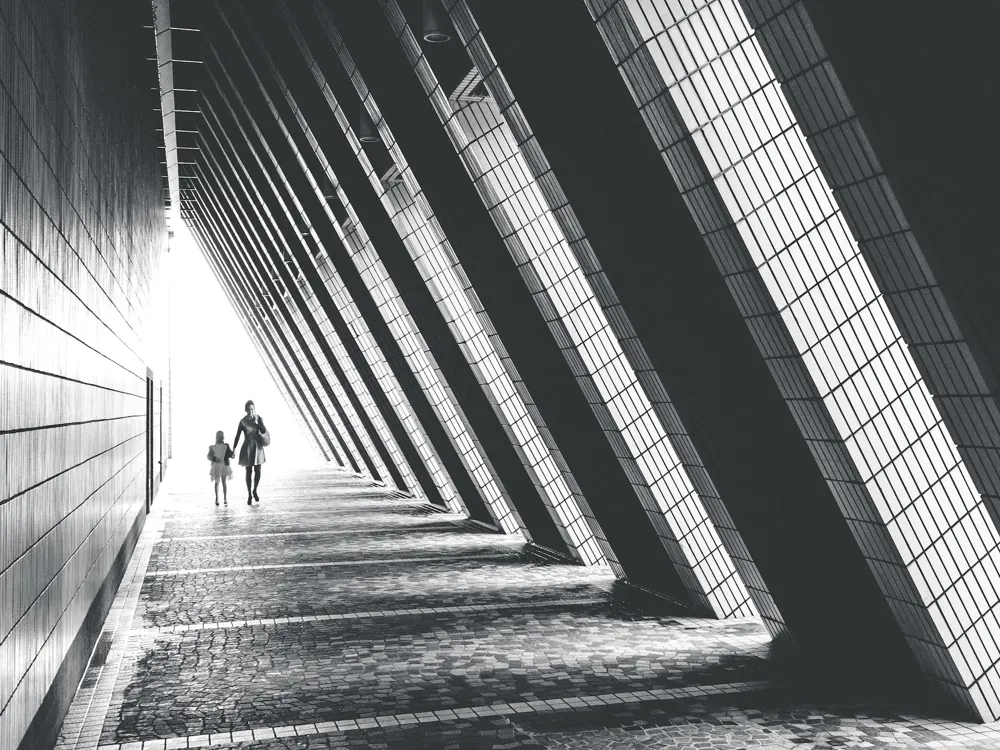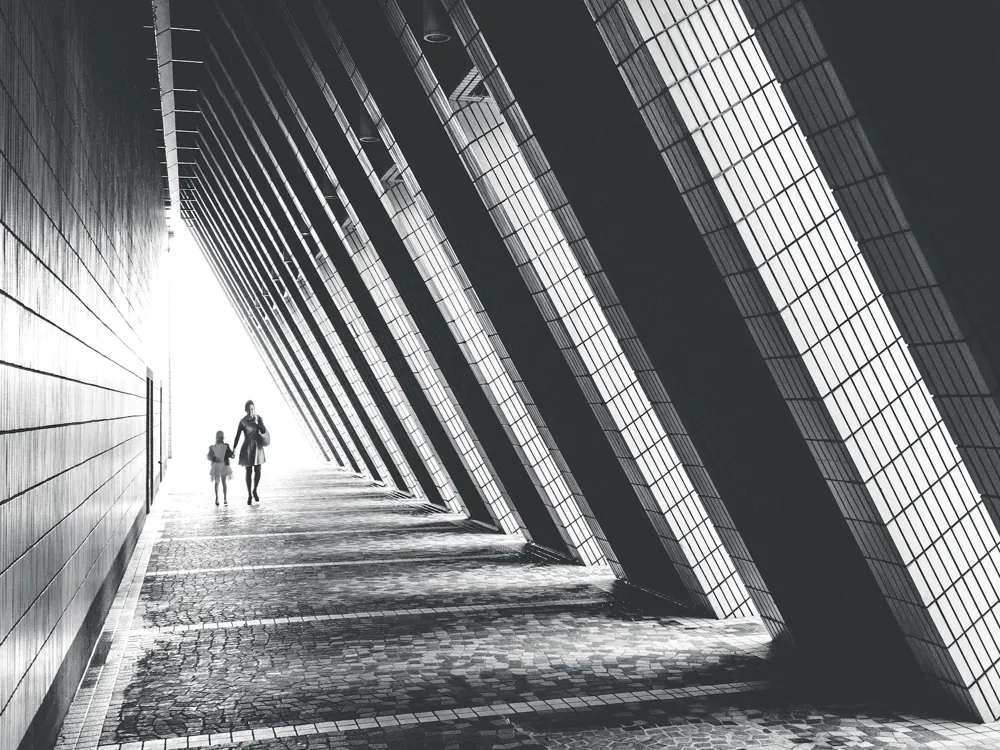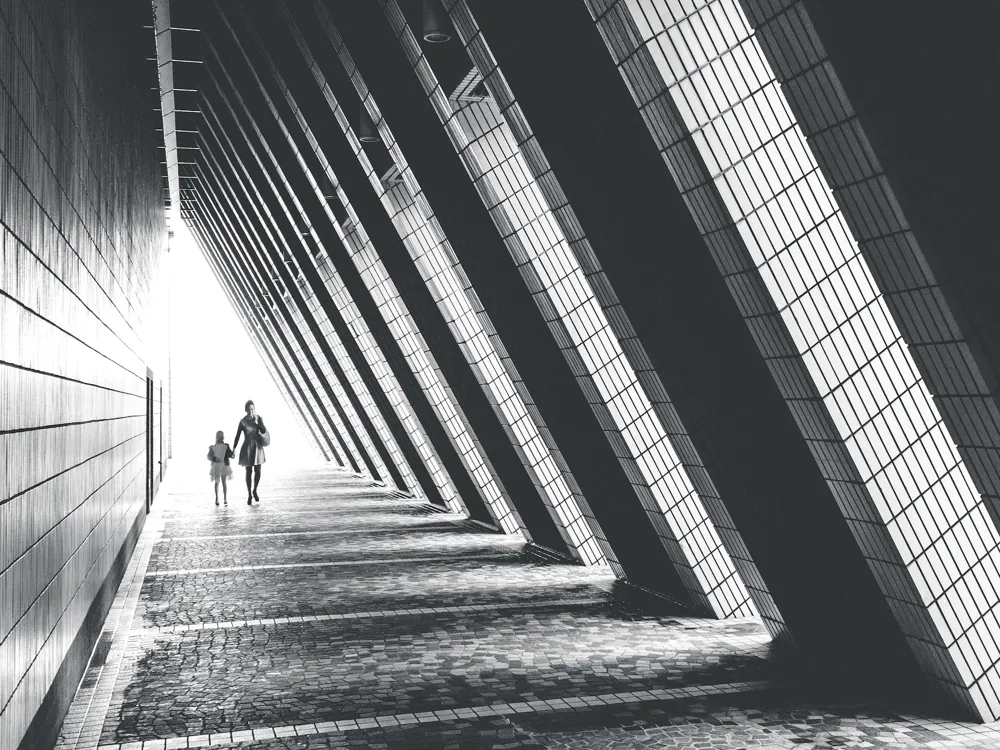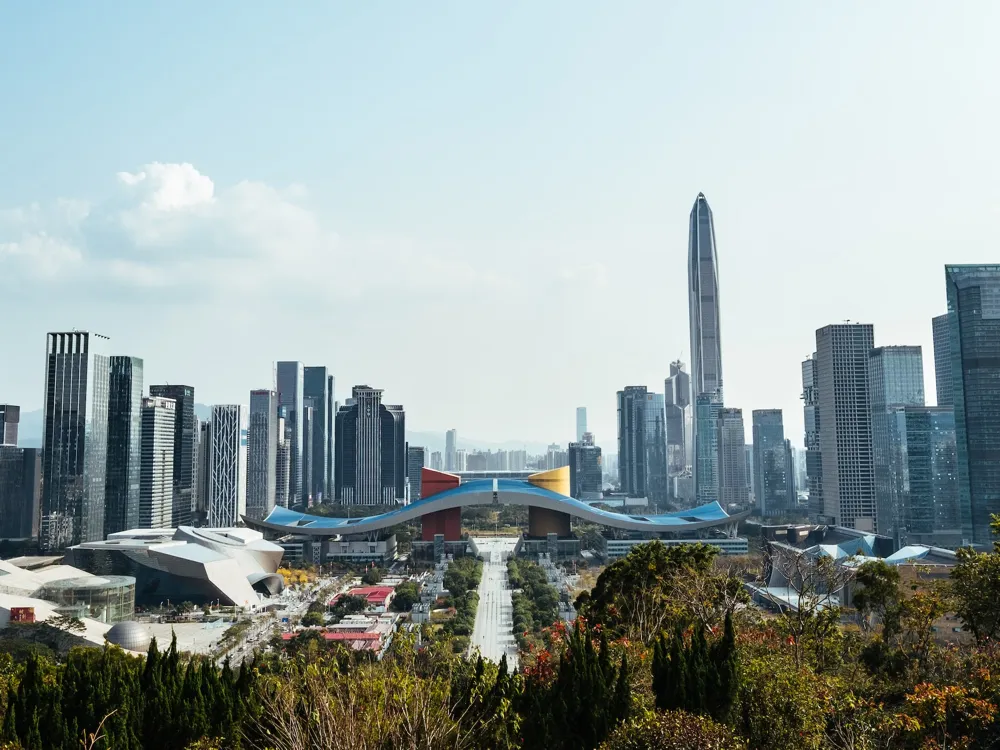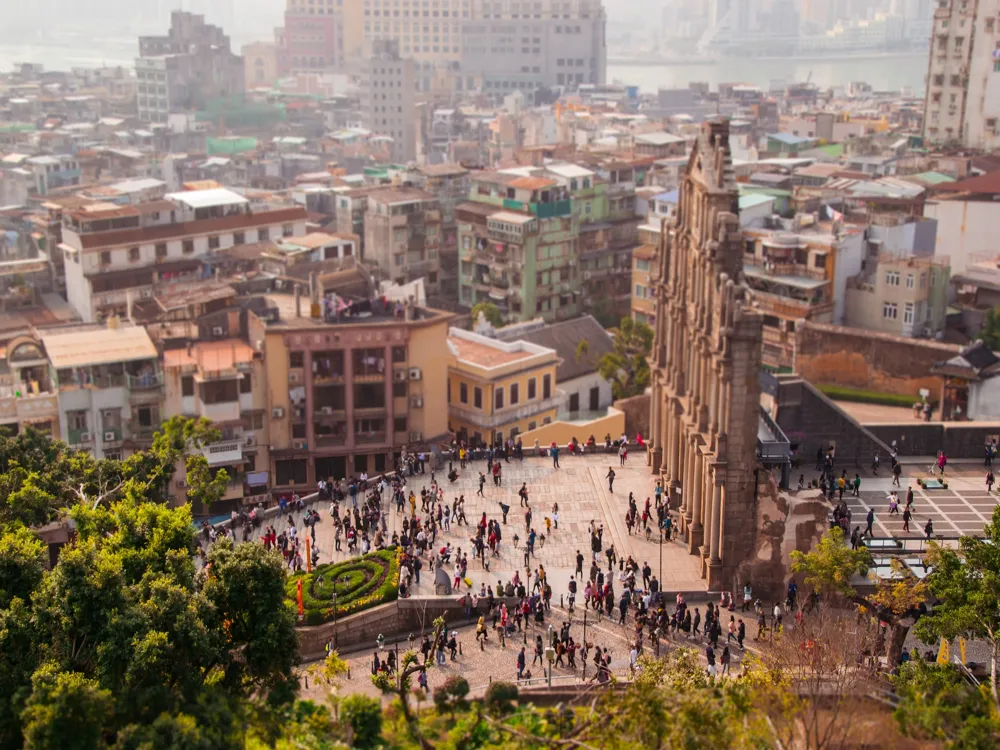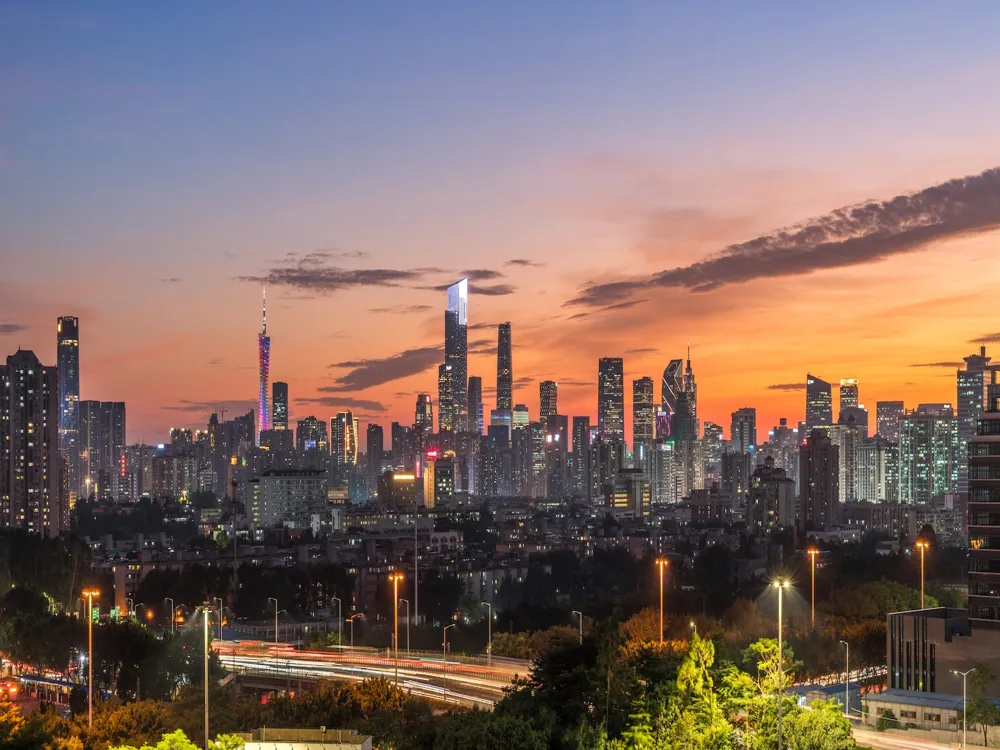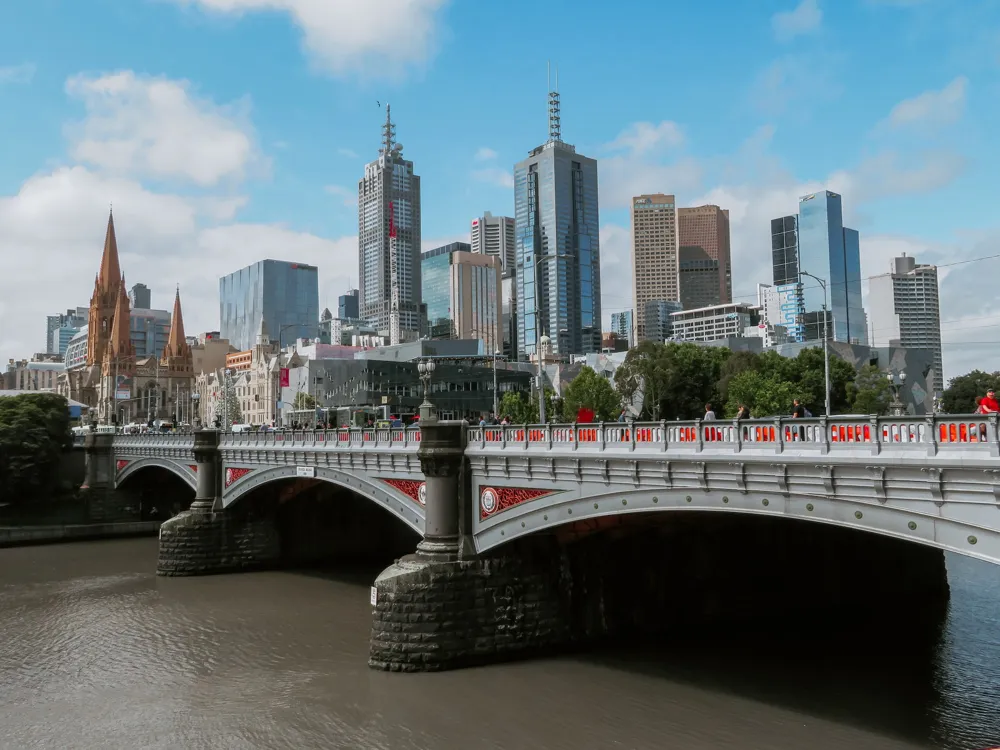Hong Kong, a vibrant city with a rich cultural heritage, is home to many architectural marvels, and among them, the Lee Theatre and Leighton stand out as significant landmarks. Located in the heart of the city, these two buildings not only represent the architectural evolution of Hong Kong but also serve as important cultural and social hubs. In this overview, we delve into the historical significance, architectural brilliance, and the contemporary role of the Lee Theatre and Leighton in the tapestry of Hong Kong. The Lee Theatre and Leighton's architectural journey is a tale of transformation reflecting Hong Kong's own metamorphosis over the decades. Originally built in the early 20th century, the Lee Theatre started as a premiere performing arts venue, showcasing Chinese opera, drama, and, later, cinema. It was a beacon of modernity and Western architectural influence, with its Art Deco style, which was popular in Hong Kong during that era. Leighton, on the other hand, has a more contemporary design, embodying modern architectural techniques and aesthetics. Its sleek and modern façade stands in contrast to the historic Lee Theatre, showcasing the dynamic architectural diversity of Hong Kong. The juxtaposition of these two structures represents the coexistence of tradition and modernity in the city's architectural landscape. The Lee Theatre's architecture is a testament to the Art Deco movement, characterized by its geometric patterns, bold lines, and lavish ornamentation. The building's façade features intricate designs and motifs that echo the prosperity and opulence of the era. The interior of the Lee Theatre was equally grand, with plush seating, ornate decorations, and a state-of-the-art stage that hosted numerous iconic performances. Leighton's architecture, in contrast, is a reflection of contemporary design principles. It features clean lines, minimalist aesthetics, and a focus on functionality and sustainability. The use of glass and steel creates a sense of openness and reflects the city's urban skyline. The building is equipped with modern amenities, making it a versatile space for various commercial and cultural activities. Visiting the Lee Theatre and Leighton can be a delightful experience, and choosing the right time can enhance your visit. The best times to visit are during the weekdays when the crowds are smaller. Evening hours are particularly magical, especially when the buildings are illuminated, showcasing their architectural beauty. To make the most of your visit, check the schedule for cultural events and performances at the Lee Theatre. It hosts a variety of shows ranging from traditional Chinese opera to modern theatrical performances, offering a glimpse into Hong Kong's rich cultural tapestry. The area around Lee Theatre and Leighton is bustling with other attractions. You can explore nearby art galleries, shopping districts, and local eateries, making your visit a holistic cultural experience. Consider taking a guided tour to fully appreciate the history and architecture of these iconic buildings. Knowledgeable guides provide insights into the buildings' past and their significance in Hong Kong's cultural landscape. Lee Theatre and Leighton are easily accessible via Hong Kong's efficient public transport system. The nearest MTR (Mass Transit Railway) stations are Causeway Bay and Tin Hau, both within walking distance. Buses and taxis are also readily available, making it convenient for visitors to reach these landmarks from any part of the city. Read More:Overview of Lee Theatre and Leighton, Hong Kong
Architecture of Lee Theatre and Leighton
Historical Background and Architectural Evolution
Detailed Architectural Analysis
Tips When Visiting Lee Theatre and Leighton
Best Times to Visit
Cultural Events and Performances
Nearby Attractions
Guided Tours
How To Reach Lee Theatre and Leighton
Lee Theatre and Leighton
Hong Kong
NaN onwards
View hong-kong Packages
Weather :
Tags : Shopping
Timings : 10:00 AM to 11:00 PM
Planning a Trip? Ask Your Question
Hong-kong Travel Packages
View All Packages For Hong-kong
Top Hotel Collections for Hong-kong

Private Pool

Luxury Hotels

5-Star Hotels

Pet Friendly
Top Hotels Near Hong-kong
Other Top Ranking Places In Hong-kong
View All Places To Visit In hong-kong
View hong-kong Packages
Weather :
Tags : Shopping
Timings : 10:00 AM to 11:00 PM
Planning a Trip? Ask Your Question
Hong-kong Travel Packages
View All Packages For Hong-kong
Top Hotel Collections for Hong-kong

Private Pool

Luxury Hotels

5-Star Hotels

Pet Friendly







